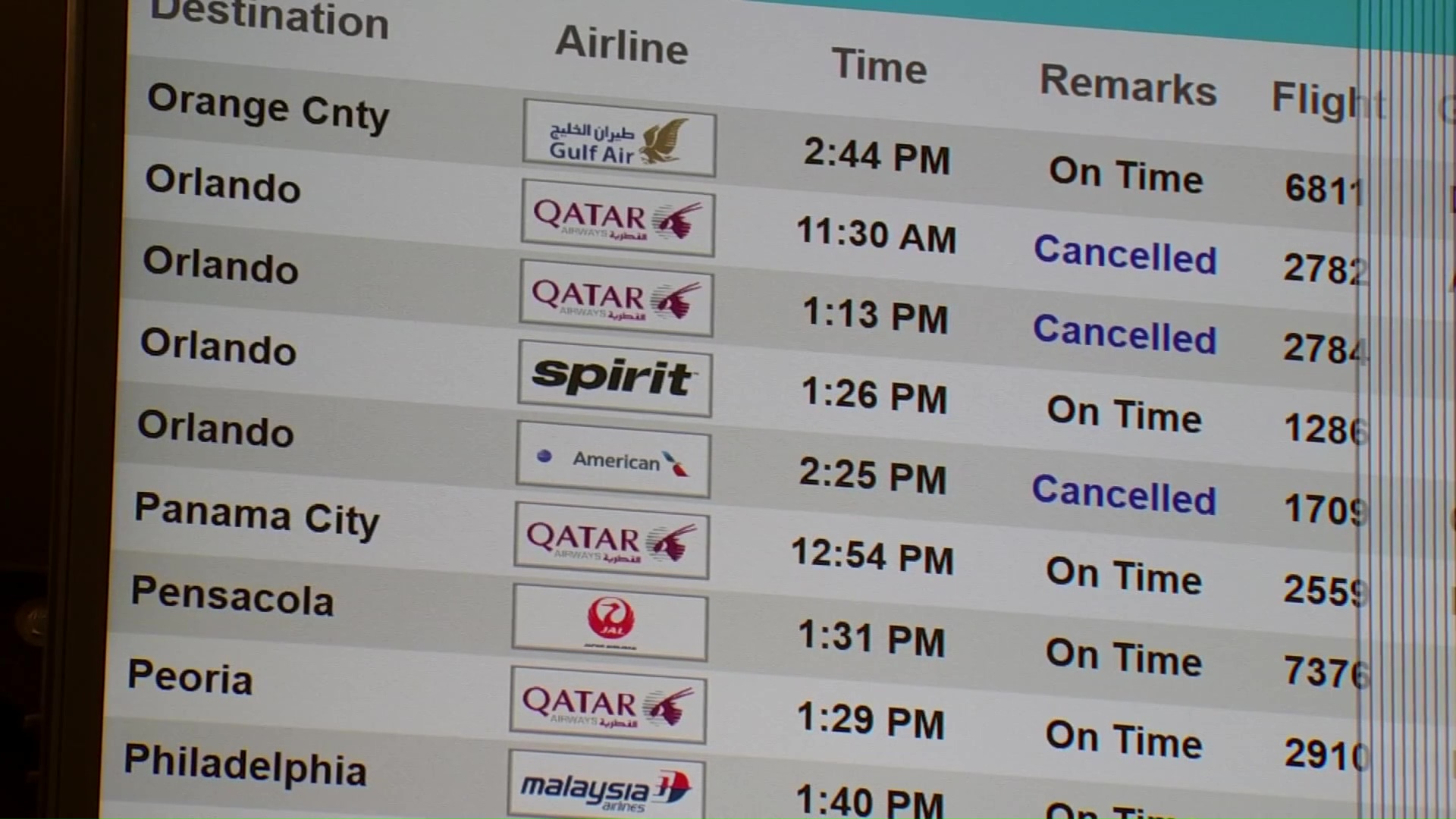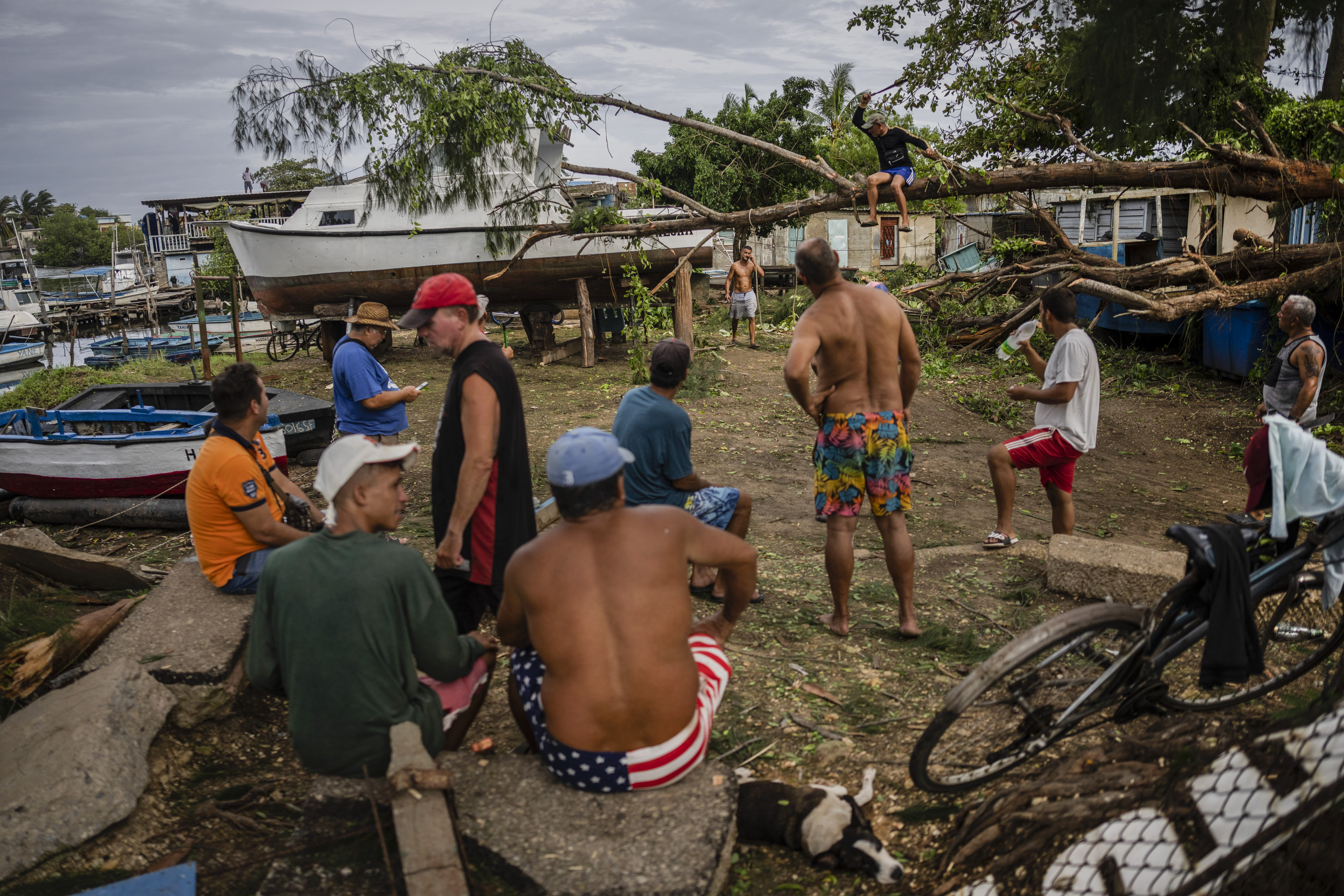The images from Hurricane Ian look familiar. They echo ones from hurricanes in the past; the winds, the floods, the people being rescued from their flooded neighborhoods.
"They're causing hundreds of billions of dollars in damage," Michelle Hummel, UT Arlington Assistant Professor, said.
Hummel studies the impact of emerging coast flood risks from hurricanes and sea level rise.
HURRICANE IAN
Get DFW local news, weather forecasts and entertainment stories to your inbox. Sign up for NBC DFW newsletters.
"As a result of climate change, we're seeing sea levels rise," Hummel said. "That leads to higher ocean water levels so that when we do have a hurricane event that happens, the storm surge is likely to be more intense and reach further inland."
The damage is greater because more people are moving towards the coasts. According to the U.S. Census, more than 94 million people live in coastal areas in the U.S. 60.1-million of those live on the Atlantic and Gulf Coasts, the most vulnerable to hurricanes. The Gulf of Mexico is seeing the fastest population growth, with a 26.1-percent increase since 2000.
"How can we protest these communities in ways that account for the growth that we are seeing without necessarily encouraging people to move into flood hazard zones," Hummel said. "There are ways we can think about how we really want to design our communities to be more resilient to these storm events in the future."
Hummel said that includes homeowners building higher and stronger homes, communities reinforcing their critical infrastructure, and governments making the recovery process quicker.




